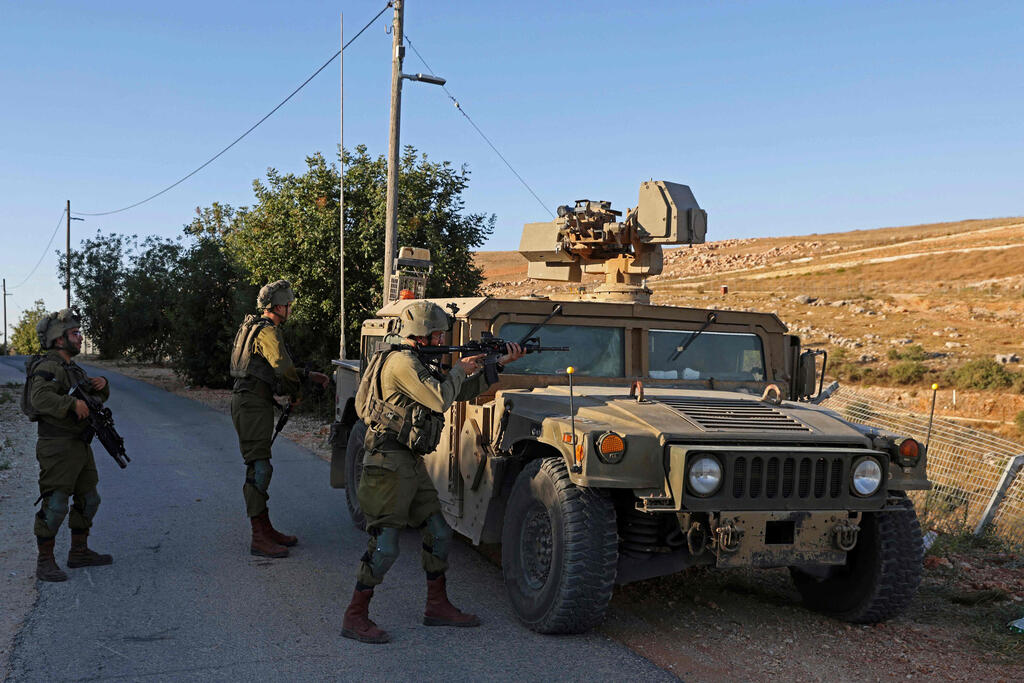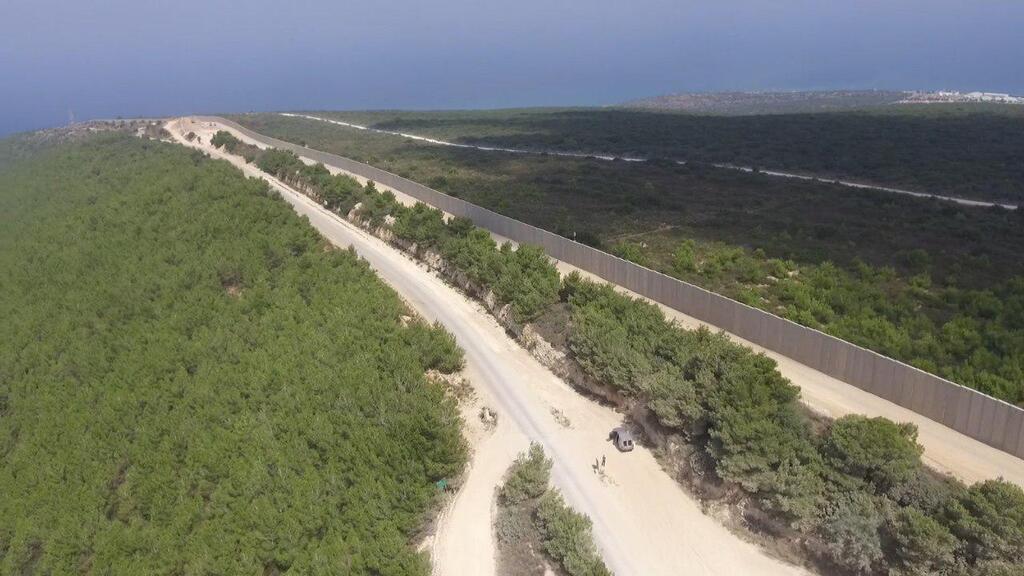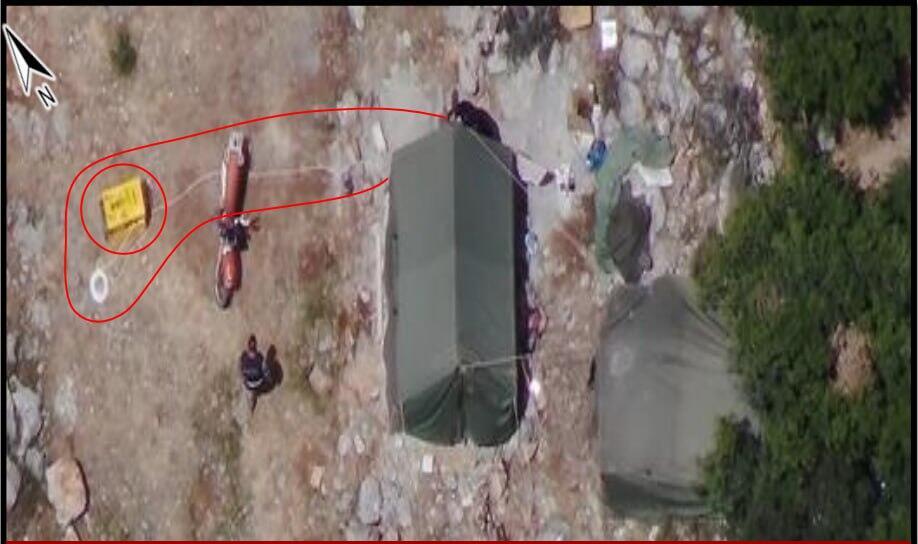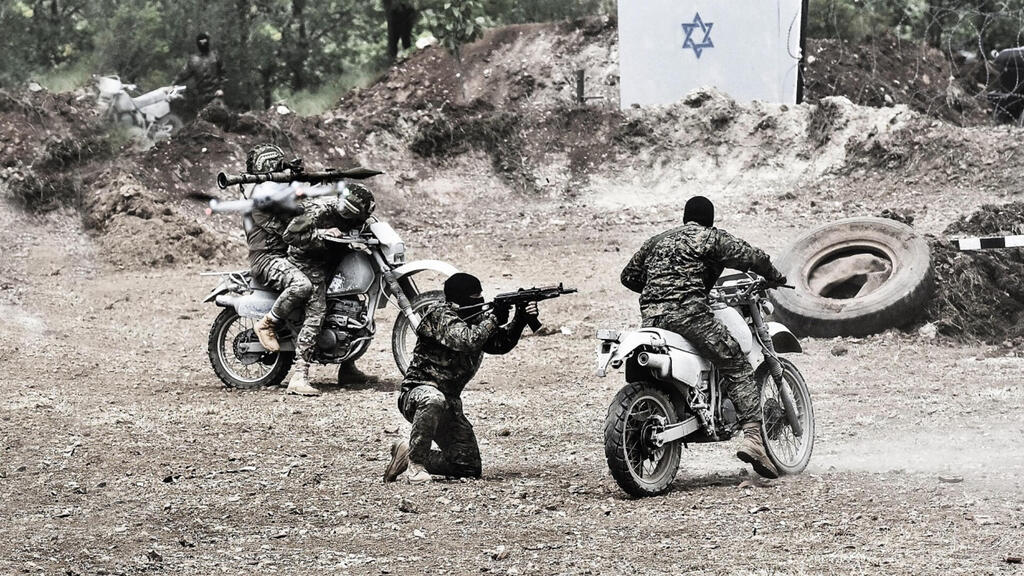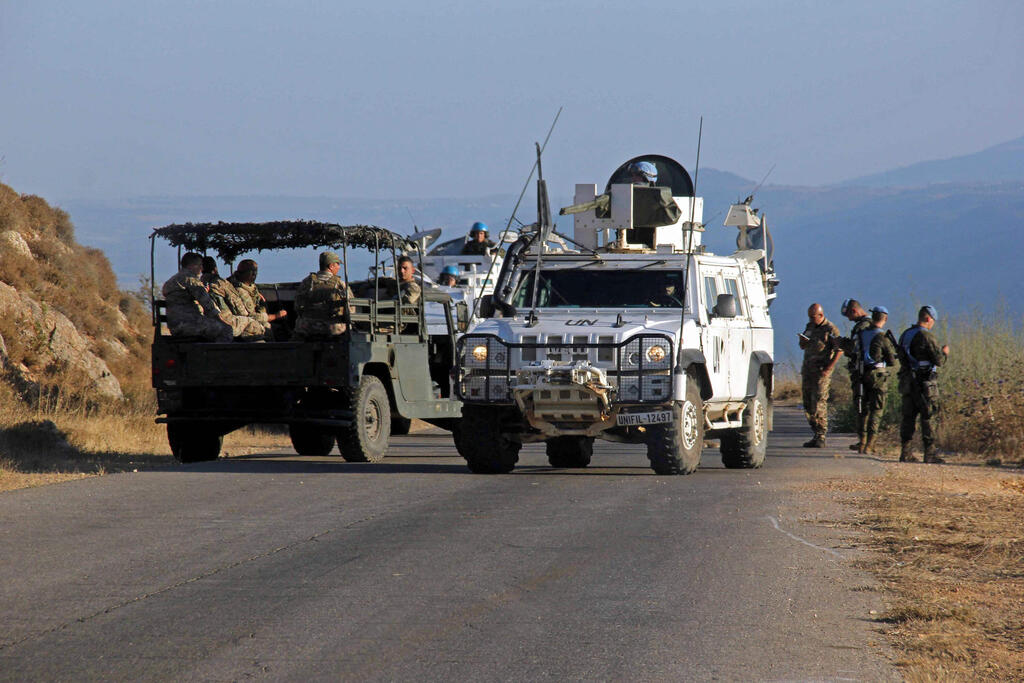Hezbollah operatives attempt to sabotage border fence with Israel
(Video: IDF Spokesperson's Unit)
The recent series of provocations by Hezbollah seems to stem not only from the loss of deterrence due to the political and social turmoil in Israel. Hezbollah, as an organization, and its leader Hassan Nasrallah tend to interpret Israel's recent behavior as weakness, and therefore they allow themselves to send provocations that have been escalating recently, apparently aimed at exacerbating the public's lack of trust in the incumbent government in Israel. All of this is, of course, encouraged and coordinated with the Iranians.
More stories:
However, the establishment of Hezbollah's "outpost" within Israeli territory several months ago, as well as other provocations initiated by Hezbollah along the Lebanon border, likely serve military purposes.
6 View gallery
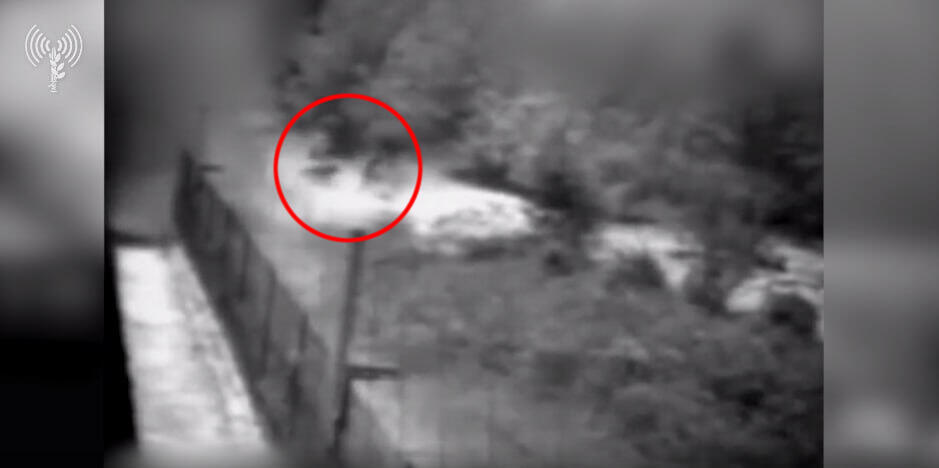

Hezbollah operatives attempt to sabotage border fence with Israel
(Photo: IDF Spokesperson's Unit)
According to Israeli assessments, Nasrallah, driven by internal Lebanese considerations, sees an opportunity amid the political deadlock and the ongoing economic crisis in the country. He aims to improve his position within the Lebanese arena by engaging in a few days of confrontation with the IDF.
Israel, on the other hand, has different considerations and has no interest in granting Nasrallah his request in the early summer, but a senior official told Ynet that "his time will come, and not in the distant future."
In addition, Nasrallah's goal is to undermine and disrupt Israel's barrier project along the Lebanon border that aims to prevent or at least hinder and slow down the infiltration of Hezbollah's special forces into Israeli territory during a future major confrontation.
This is an intention that Hezbollah and Nasrallah have already publicly declared multiple times - to send units of the Radwan Force into Israeli territory with the aim of seizing border-adjacent settlements, IDF positions and major intersections along the northern highway.
Hezbollah intends to occupy some of these settlements to capture prisoners of war, civilians and soldiers, and to hold them as leverage for achieving a psychological victory. The Radwan Force, numbering around 8,000 personnel, will attempt to seize the intersections and IDF positions to prevent reinforcements from reaching the settlements and inflict losses on IDF soldiers.
Nasrallah explicitly stated this, and also disseminated a map showing how he intends to infiltrate Israeli territory through six attack axes - from Metula to Rosh Hanikra. The Radwan Force recently positioned themselves near the border under the guise of "forest rangers," without concealing the fact that some of these "forest rangers" are armed. The Radwan Force also conducted a large-scale exercise two months ago, simulating this attack plan.
The border barrier and Nasrallah's concerns
What Nasrallah does not disclose, and Hezbollah does not publicize, is that the Israeli military's border barrier engineering project greatly worries them.
This project, which combines high steel fencing, wall segments and advanced warning and surveillance systems, has the potential to entirely foil Hezbollah's attack plans. One of the main reasons is that it includes very tall artificial obstacles that Hezbollah would have to climb over, wasting precious time if they intend to charge Israeli settlements or positions. During this time, the IDF can prepare for defense and initiate counteroffensives.
This engineering project is nearing completion, and it is evident that it greatly concerns the Lebanese organization. Its attack plans into Israeli territory have already suffered a significant blow during Operation Northern Shield, which exposed the tunnels they dug with the aim of infiltrating Israeli territory.
The border barrier engineering project will substantially impede not only underground attacks but also surface attacks by the Radwan Force, utilizing the complex terrain and deep valleys of the northern border region to covertly reach their targets within Israeli territory.
Therefore, Nasrallah is attempting to undermine and disrupt the completion of this obstacle through provocations that mainly involve damaging the steel fence and diplomatic coercion.
1. IDF FOILS TWO ATTEMPTS FROM LEBANON TO DESTROY BORDER FENCE
The establishment of Hezbollah posts within Israeli territory has been revealed as an attempt to pressure Israel into altering the course of the fence in the area of the village of Ghajar, which lies right on the border line, with parts in Israeli territory and parts that used to be Syrian.
Nasrallah claims that half of the village is located in Lebanese territory and he is trying to prevent the construction of the fence on the outskirts of the village, which extend into Lebanese territory, claiming that the actual construction takes place within Lebanese territory.
Posts in exchange for barrier
What are Hezbollah's true intentions in Ghajar? We know them because at least twice in the past, Hezbollah attempted to send its forces into Israeli territory through Ghajar. The previous attempts were foiled, but Ghajar and the Israeli settlements adjacent to the barrier remain vulnerable points that Hezbollah intends to target with its Radwan Force.
The obstacle Israel is constructing will delay Hezbollah's offensive efforts for hours and provide the IDF with valuable warning time to deal with the infiltration and even thwart it.
Nasrallah recently exposed his intentions through American mediator Amos Hochstein with his "compromise plan" in which Israel would shift the course of the barrier in the Ghajar area, and in return, Hezbollah would dismantle the "tent encampment" it constructed.
This offer is essentially blackmail, as Nasrallah recognizes Israel's concern about another confrontation with him, dating back several years when the IDF did not harm his men who attempted to infiltrate the Gladiola outpost on Mount Dov.
To counter Hezbollah's provocations, it was revealed Wednesday that the IDF has integrated non-lethal means, similar to stun grenades, into the barrier for the first time.
Anyone who seeks to sabotage it, as Hezbollah operatives do, will suffer injuries but will not be killed. That is precisely what happened Wednesday in the afternoon hours when Hezbollah operatives staged a demonstration in the Zar'it area, disguised as innocent civilians protesting against the construction works on the barrier, all of which take place within Israeli territory.
It should be noted in this context that "innocent civilian protests," so to speak, are a longstanding tactic employed by Hezbollah. They undermine the security buffer zone established by the IDF and South Lebanon Army in southern Lebanon in 2000.
It began with an "innocent protest" where then-army chief Shaul Mofaz ordered the IDF not to fire at the participants. They then infiltrated unimpeded into SLA positions, causing mass desertions. The IDF, which already intended to withdraw from the security zone, was forced to evacuate it rapidly.
Hezbollah continues to employ civilian protests and rioting to this day. Currently, their main effort is focused on disrupting and impeding work on the border barrier to enable Radwan forces to launch attacks into Israeli territory.
Until recently, the IDF refrained from using force against these provocations, primarily due to the mutual deterrence between Israel and Lebanon in recent years. According to this deterrence equation formulated by Nasrallah, any Lebanese casualty would be answered by several days of fighting where Hezbollah exacts a price from Israel through missile and rocket fire toward northern communities and anti-tank missiles toward IDF forces along the northern border.
The State of Israel and the IDF have tacitly accepted Nasrallah's rules of the game, and these recent provocations are also part of this phenomenon. However, this time they serve a military purpose, and the IDF will not allow Hezbollah to benefit from Israeli restraint for much longer.




